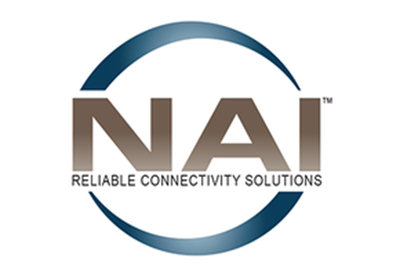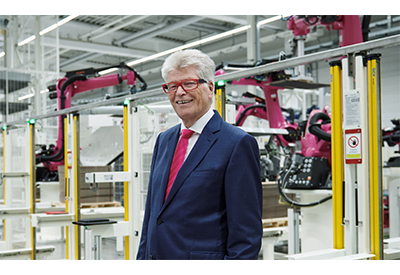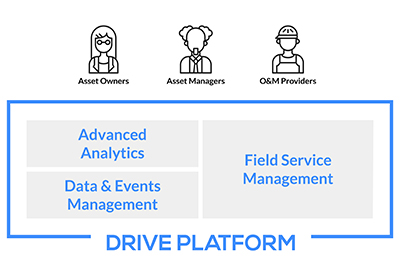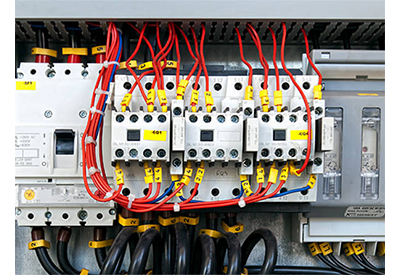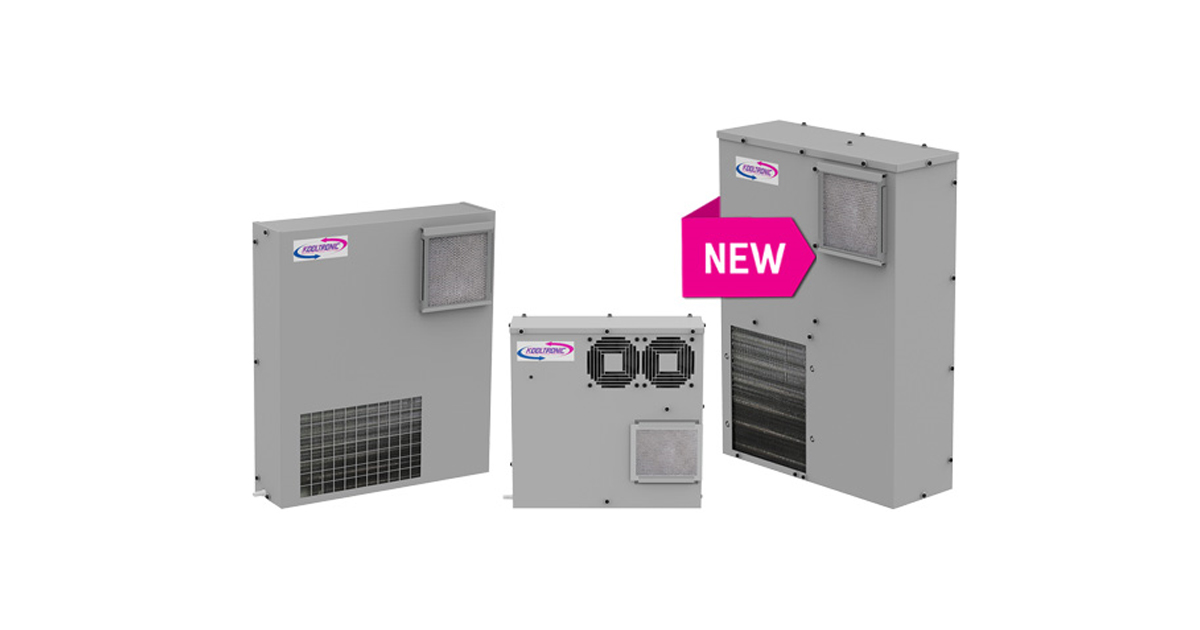3 Ways Generative AI (GenAI) is Empowering Your Manufacturing Workforce
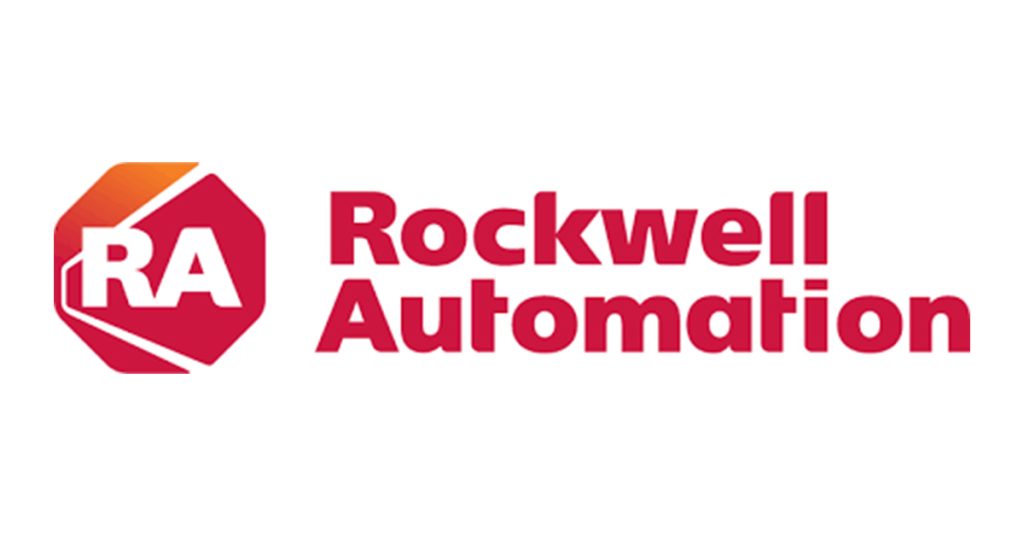
October 25, 2024
By Tony Carrara, Business Manager, FactoryTalk Design Studio, Rockwell Automation
Skilled labor shortages are a familiar headache for the manufacturing industry. The problem has been looming for years and there is no end in sight. By 2030, manufacturers will need to fill 4 million jobs, with 2.1 million of these jobs at risk of going unfilled. This is the primary challenge for 71% of manufacturers, which in turn is putting immense pressure on the industry to find new ways to operate efficiently and maintain productivity and growth.
To compensate, manufacturers are progressively turning to automation as the top solution. However, automation alone isn’t enough to solve the complex challenges, and that is where generative AI (GenAI) comes into play.
This article explores three ways GenAI is transforming automation system design and development, with an emphasis on improving productivity, streamlining processes and fostering a more adaptable and resilient workforce.
Reformation Through AI-Assisted Learning
GenAI tools exceed traditional learning resources by delivering personalized learning experiences. For example, an automation engineer developing a new control system for a manufacturing process can ask the GenAI tool to suggest best practices for designing and implementing control algorithms, provide code examples and offer recommendations to optimize the system for efficiency and reliability.
GenAI can also analyze code and provide feedback and suggestions for improvement. This contextual guidance helps users identify and correct errors, optimize their code and learn best practices for efficient and effective programming. With immediate feedback and recommendations, engineers can quickly update their work and develop a deeper understanding of the programming concepts and techniques they are applying.
Users can ask questions, receive explanations and gain deeper insights through the conversational nature of GenAI. This interactive feature expands past basic queries that empower workers to dive deeper into nuanced topics. For instance, a technician responsible for replacing an input/output (I/O) module can ask GenAI questions about the module’s compatibility and receive guidance on the appropriate installation and configuration techniques. This interactive, AI-assisted learning enables automation professionals to quickly overcome obstacles, learn new skills and continue growing in their roles.
Eliminating Repetitive Tasks and Manual Processes
By analyzing vast repositories of existing code and design templates, GenAI can suggest pre-built modules and code snippets that can be easily integrated into the current project. This eliminates the need for automation professionals to start from scratch, saving valuable time and effort. GenAI also streamlines the documentation processes through AI-assisted generation.
Traditionally, creating comprehensive documentation was arduous and time-consuming. However, GenAI tools capable of analyzing the automation system design and extracting relevant information can automatically generate detailed explanations and user guides. This reduces the burden and ensures that documentation remains up to date as the system evolves.
By automating repetitive tasks and manual processes, GenAI tools free up time and mental bandwidth. Instead of getting bogged down with repetitive tasks, users can now dedicate their expertise and creativity to tackling the more challenging aspects of automation projects. This not only leads to more efficient and innovative solutions but also provides a greater sense of fulfillment and engagement for the professionals involved.
Unlock Innovation and Problem-Solving
When faced with a complex challenge, such as optimizing a production line or developing a new control system, automation professionals can leverage GenAI to generate and explore multiple solutions. This rapid ideation process allows them to explore a wider range of possibilities and uncover innovative solutions that may have been otherwise overlooked. Once a potential solution has been identified, Gen AI can be used to refine and optimize the design through multiple iterations. This iterative approach not only speeds up the development cycle but also enhances the robustness and reliability of automation systems.
Enhancing Automation Design and Development
GenAI holds tremendous potential for heightening the design and development of automation systems. By leveraging its capabilities to augment, rather than replace, the workforce, GenAI not only addresses the challenges posed by the skilled labor shortage but also paves the way for continuous improvement and advancement in automation technologies.


